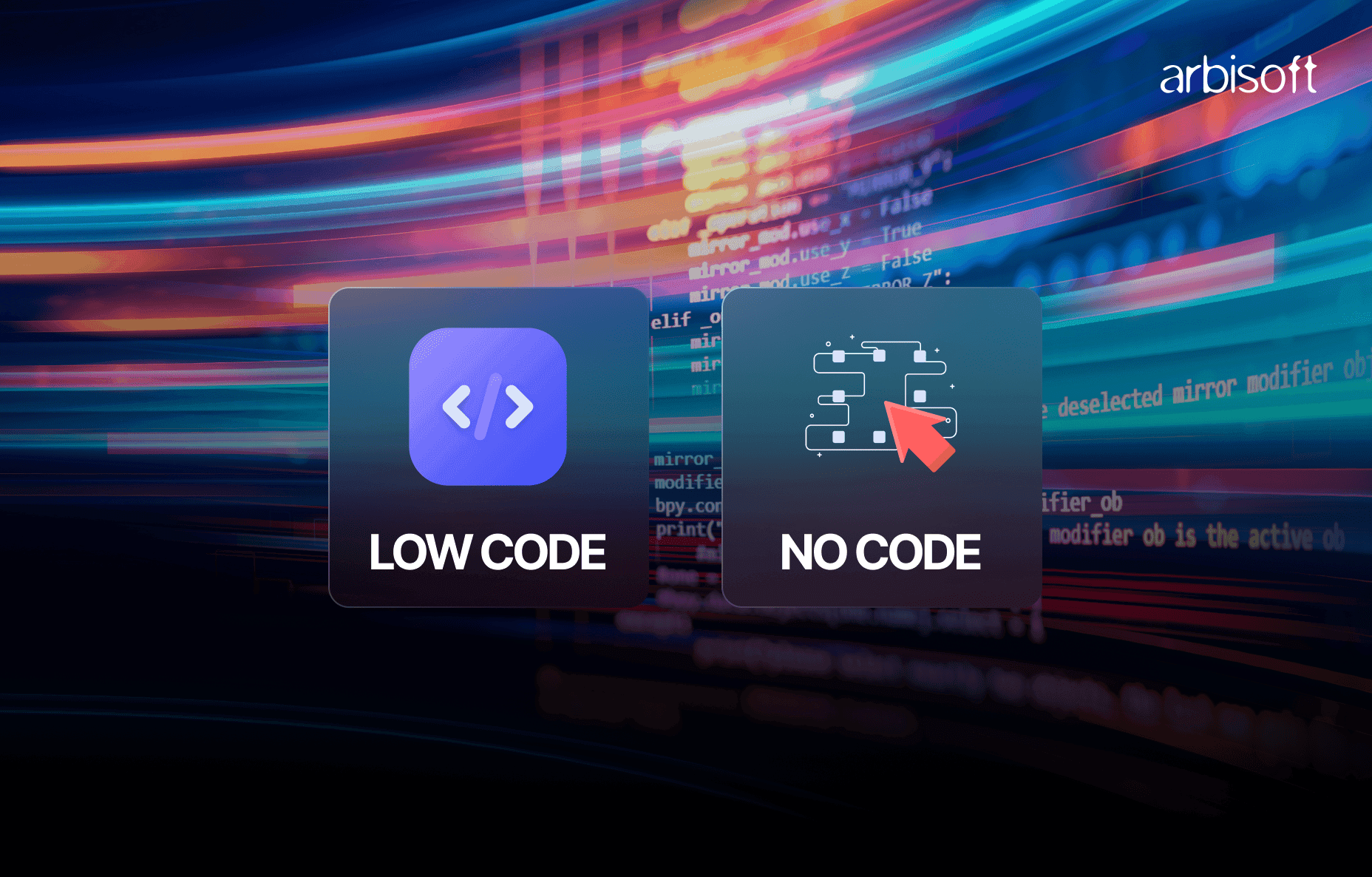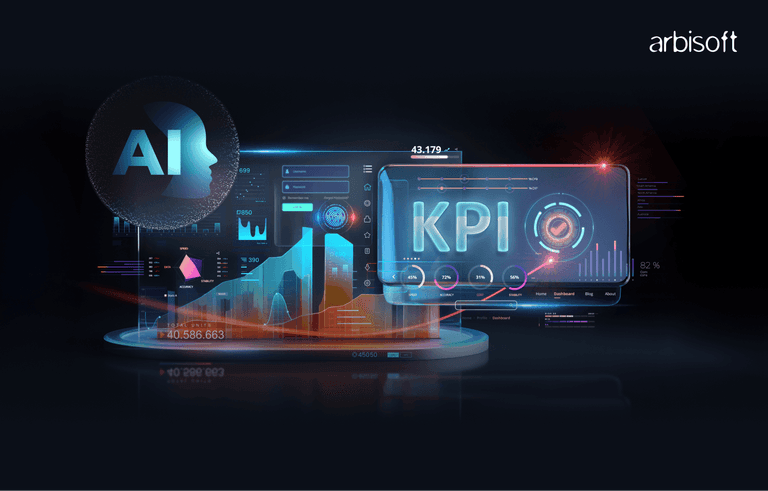We put excellence, value and quality above all - and it shows




A Technology Partnership That Goes Beyond Code

“Arbisoft has been my most trusted technology partner for now over 15 years. Arbisoft has very unique methods of recruiting and training, and the results demonstrate that. They have great teams, great positive attitudes and great communication.”
Is Your QA Team Ready? Low-Code and No-Code Tools Are Changing the Game

Software development is a race. The pressure is always on to deliver faster, smarter, and better products. In this race, Quality Assurance (QA) is the pit crew, making sure every release is roadworthy and ready for users. Traditionally, this meant QA teams needed deep coding skills to build and automate tests.
But a huge shift is happening. A new wave of low-code and no-code testing tools is breaking down old barriers. These platforms are making test automation accessible to everyone on the team, not just the coders, and completely reshaping the future of QA.
Let's dive into what these tools are, what they mean for your team, and compare three major players in the space: the classic Selenium, the modern Playwright, and the no-code-focused Vibium.
So, What's All the Fuss About?
To see why these tools are a big deal, let's quickly break down what they are.
Low-Code Tools:
Think of these as a middle ground. They give you a visual environment with drag-and-drop components and pre-built blocks, which drastically cuts down on the amount of manual coding needed. You can build most tests visually, but you still have the option to dip into code for more complex situations.
No-Code Tools:
These platforms go all-in on simplicity, completely removing the need to write code. Using features like record-and-playback and smart AI, anyone from a business analyst to a manual tester can create powerful, automated tests just by clicking through the application like a real user.
The reason these tools are taking off is simple: the need for speed. Old-school test automation can be a major bottleneck, demanding specialized skills and a lot of resources. Low-code and no-code platforms clear that bottleneck, speeding up test creation and making it easier for the whole team to chip in.
The Perks of Going Low-Code (or No-Code)
Adopting these tools isn't just a small tweak; it can bring some game-changing benefits.
- Build Tests in Record Time: Visual interfaces and pre-made components mean you can get tests up and running much faster than writing them from scratch.
- Empower the Whole Team: This is the big one. Suddenly, manual testers and business analysts—the people with deep knowledge about how the product should work—can build automation themselves. This brings valuable expertise directly into the QA process.
- Get Feedback Faster: When tests are built and run quickly, developers find out about bugs earlier. Catching issues early saves a ton of time and money down the line.
- Better Teamwork: With a platform everyone can understand, developers, QA, and business folks can finally speak the same language.
- Boost Your Test Coverage: Because it's easier and faster to create tests, you can afford to test more of your application, leading to a higher-quality product.
- Perfect for Agile & DevOps: These tools are tailor-made for fast-paced environments where you need to test and release constantly. They fit perfectly into CI/CD pipelines.
What's the Catch? (Challenges to Consider)
While the benefits are impressive, these tools aren't a magic bullet. Here are a few things to keep in mind.
- Complex Scenarios Can Be Tricky: For really unique or complicated tests, you might still need the flexibility of a traditional, code-heavy framework.
- The Risk of Vendor Lock-In: Relying too heavily on one platform can make it tough to switch to another tool later on.
- Debugging Can Be Different: Finding the root cause of a failed test in a visual workflow isn't always as straightforward as debugging lines of code.
- Integration Isn't Always Seamless: You might have to put in some extra effort to make sure the tool plays nicely with your existing CI/CD pipeline and other systems.
It's all about finding the right balance of power and simplicity for your team's needs.
Head-to-Head: Selenium vs. Playwright vs. Vibium
Let's look at three tools that represent different points on the automation spectrum.

1. Selenium: The Old Guard
Selenium has been the king of web automation for years. It's a powerful, open-source framework that works with almost any browser or programming language. However, it's a true code-first tool.
Low-Code Meter: Very low, around 30%. You need serious coding skills to build and maintain a good Selenium framework.
Why People Love It: It's incredibly flexible, has a massive community for support, and lets you build highly customized tests.
The Downsides: It has a steep learning curve, setup can be complex, and tests can sometimes be "flaky" or unreliable without careful coding.
2. Playwright: The Modern Challenger
Developed by Microsoft, Playwright is a newer framework designed to fix many of the headaches of older tools. While it's still code-based, its modern features give it a strong low-code feel.
Low-Code Meter: High for a code-based tool, around 70%. Features like auto-waits and a test recorder (Codegen) dramatically speed up script writing.
Why People Love It: It's incredibly fast and reliable, practically eliminating flaky tests. It has fantastic cross-browser support, is built for parallel execution, and includes great debugging tools out of the box.
The Downsides: You still need to know how to code (usually in JavaScript/TypeScript). Its community is also smaller than Selenium's since it's the newer kid on the block.
3. Vibium: The No-Code Visionary
Vibium represents the true no-code approach. These platforms are often cloud-based and use AI to make test automation as easy as clicking a mouse.
Low-Code Meter: Almost pure no-code, sitting at 90% or higher. It’s all about the visual builder and drag-and-drop interface.
Why People Love It: It's incredibly easy to use, allowing non-technical team members to build tests in minutes. Features like AI-powered self-healing tests automatically fix tests when the UI changes, saving a huge amount of maintenance time.
The Downsides: You trade some flexibility for that ease of use. You're also more dependent on the vendor for new features, and subscription costs can be higher than open-source tools.
Here is a quick decision flow for choosing the right QA automation tool.

Conclusion: The Future Isn't One Tool, It's a Toolbox
The rise of low-code and no-code tools is a defining moment for QA. While veterans like Selenium and modern powerhouses like Playwright still have a critical role, the trend toward accessibility is undeniable.
The future of QA isn't about picking one winner. It’s about building a hybrid strategy:
Use no-code platforms to let business analysts and manual testers quickly automate critical user journeys.
Use low-code tools to empower more of your QA team to build robust tests without needing to be expert coders.
Use code-based frameworks for the really technical, complex scenarios that demand deep customization and control.
The goal isn't to replace skilled automation engineers. It's to amplify their impact and spread the power of automation across the entire organization. By mixing and matching these tools, teams can move faster, collaborate better, and build higher-quality software than ever before.
























